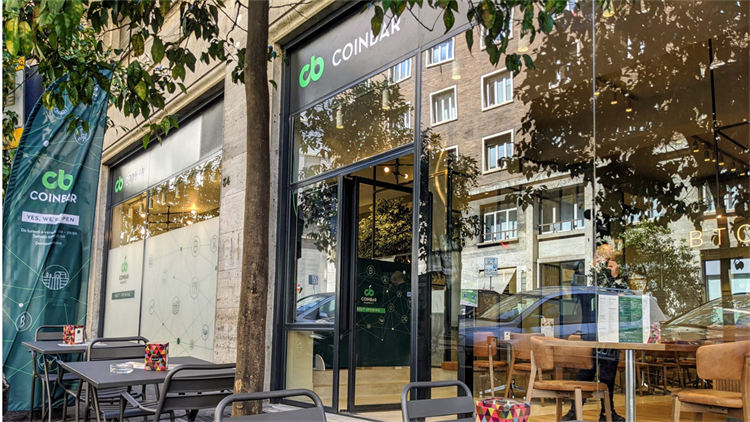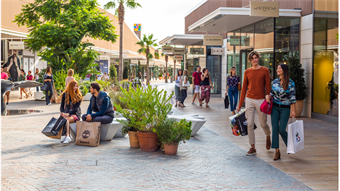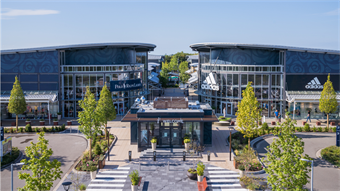The ingredients for success
- In Special report
- 11:45, 18 November 2020
- 111887 Views

While the food and beverage sector was one of the earliest and hardest hit by the pandemic, key trends coalescing around its social importance underline that F&B is still very much on the menu.
1. Zero waste
The global pandemic served to underlined two key, interlinked trends: global supply chains are more vulnerable than they look, and a sustainable future for food is crucial for the planet’s health.
With this in mind, consumers will prefer to support businesses that not only make sure waste is minimised, but also have a socially aware strategy for dealing with inevitable left-overs.
Digital platform, Too Good To Go, has stepped into the breach with its 11th hour waste-saving app. Local users can search for restaurants, bakeries, pizzerias and cafes in their neighbourhoods offering end of day mixed packs of leftovers, usually ranging between a bargain €3- €5.
You pay in the app and go to the store in person to collect your food. F&B outlets which sign up for the service have a chance to win over new customers, by exposing them to a range of their products, and avoid waste at the end of the day.
2. At arm's length
While social distancing carries negative connotations, space and seclusion are essential characteristics of luxury experiences. Some of the best safe-space solutions exploit the luxe qualities of distance to reimagine it as affordably-exclusive dining.
London’s Coppa Club, with multiple locations including Tower Bridge, introduced private igloos for year-round outdoor dining in 2018 which have really come into their own in Covid times.
A more homely, artisan vision comes from Amsterdam-based cultural collective Mediamatic, whose outdoor, mini-greenhouse dining suites – dubbed Serres Séparées – are booked out on the Oosterdok for the foreseeable future.
3. All the space in the world
Authenticity has been an F&B trend which has steadied into an evergreen essential in recent years. From farmers’ markets to pop-up seasonal markets, the lure of the artisanal stall and food truck offerings look set to survive the pandemic, largely thanks to the space and open-air they benefit from.
Big name operators such as Time Out Market and Mercato Metropolitano have been learning from the pandemic to hone delivery services, while also offering a new lease of life to chefs who have lost their own businesses.
The grab-and-go philosophy of food markets is also feeding into the renaissance of small F&B retailers, as the popularity of takeout soars. Even before Covid-19 disrupted the market, more consumers were choosing F&B on the run, and the fast food trend shows no signs of diminishing as the coronavirus crisis rumbles on.
4. Bright spot, dark kitchen
Dark kitchens, or cloud kitchens, emerged in the past few years as a notable part of the online F&B experiment. These private establishments don’t expect or want footfall, but simply prepare food for ecommerce orders.
Driven by logistics-focused companies like Uber and Deliveroo, alongside more integrated companies such as JustEat or Glovo, the restaurants are operated out of purpose-built, low-cost structures, often with multiple brands and operators on site.
With second wave lockdowns likely to characterise the long, dark European winter, the popularity of at-home food services are set to rocket, and with it, interest in the revenues of food delivery.
Tech investors like SoftBank and Amazon have both invested in the sector, and other big deals seem likely to be served in the new year.
5. Service-focused solutions
If you did any kind of business travel in 2020, you will have encountered one of F&Bs prime Covid dilemmas: how to operate a breakfast buffet during a pandemic.
While many hotels resorted to room service, a trend of manned buffets shows that this informal dining option is not dead yet. Waiter-focused solutions are likely to characterise the next stage of the pandemic, with table service the new normal in many pubs and bars.
As germs remain front-of-mind for diners, near-essential protocols now include sanitation stations, encouraging cashless payment, putting up physical barriers between employees and guests and the disinfection of tables and shared spaces.
Taking this to the next level, Japan has just unveiled robots that sell and serve ice-cream at automated booths; and robot waiters were used this year by a number of establishments, including the Royal Palace restaurant in Renesse in the Netherlands, to reduce human-to-human contact.
6. Concepts with digital in their DNA
The pandemic has underlined the success routes of digital and online operations, encouraging many businesses to rethink their relationship with technology. While ecommerce-only strategies aren’t right for everyone, a new establishment in Rome is trying to blend online with offline in Europe’s first bitcoin café.
Coinbar, which launched off the city’s Via Veneto in August, accepts euros for coffees, sandwiches and salads, but you can also pay with Bitcoin, Ethereum and Ripple if you prefer.
The concept is the brainchild of Antonello Cugusi, in partnership with local retail real estate brokerage firm Josas, and is designed to stimulate debate around cryptocurrencies and the trading trends of the future.






